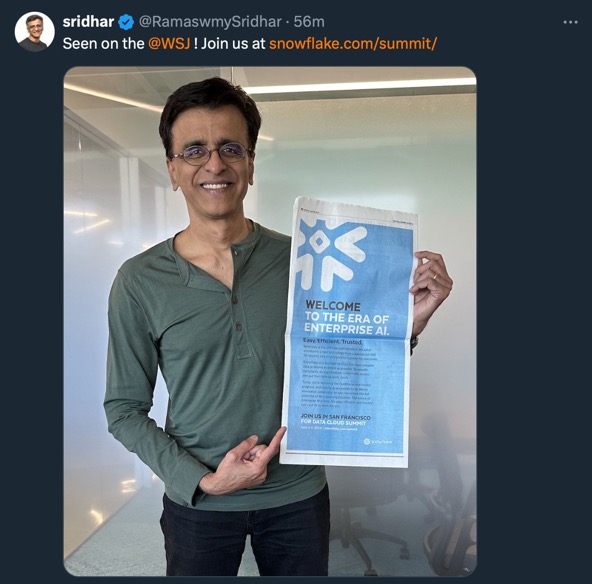Print and TV Advertisements Earn More revenue Than Digital.

Businesses pay top dollar for advertising on Print and TV. However, the same isn’t the case for digital. Here’s why:
We’ve lost access
- Cut: In traditional media, publishers directly sell. Hence, they retain 100% of the topline. In contrast, in digital, publishers sell via AI-driven Ad Networks, and they take a 50% cut from the topline.
- Ability to garner brand premium: All brands want to advertise on a premium Owned Identity, for example, a premium platform like The Times of India newspaper instead of an ad hoc billboard or a blog. Hence, Print and TV command premium rate. In traditional media, premium brand and content is valued. However, when buying advertising from via ad networks, brands cannot say that they want to advertise on a specific website — it goes to the lowest bidder. All content is measured against page view. Hence, a detailed investigation is measured against a cat video.
- Bidding: In traditional media, brands bid up to block out competitors from advertising on premium space. In digital media, publishers bid down to get advertisement.
- Reach: In print and TV, it is assumed that the DAU/MAU is 100%, i.e., the entire circulation (MAU) is reading. Online, one can precisely calculate the DAU, which for most news websites turns out to be only 3-8% of MAU.
Additionally:
- Targeting: Targeting is assumed in newspaper and TV. Most digital publishers have not enforced login struggle to build First Party Data. This makes it impossible to know socio-economic and demographic information about these Anonymous Audience. Hence, businesses pay lesser ad rates if one cannot Target advertisements.
 Copied
CopiedLinks to this Evergreen Note
None yet
